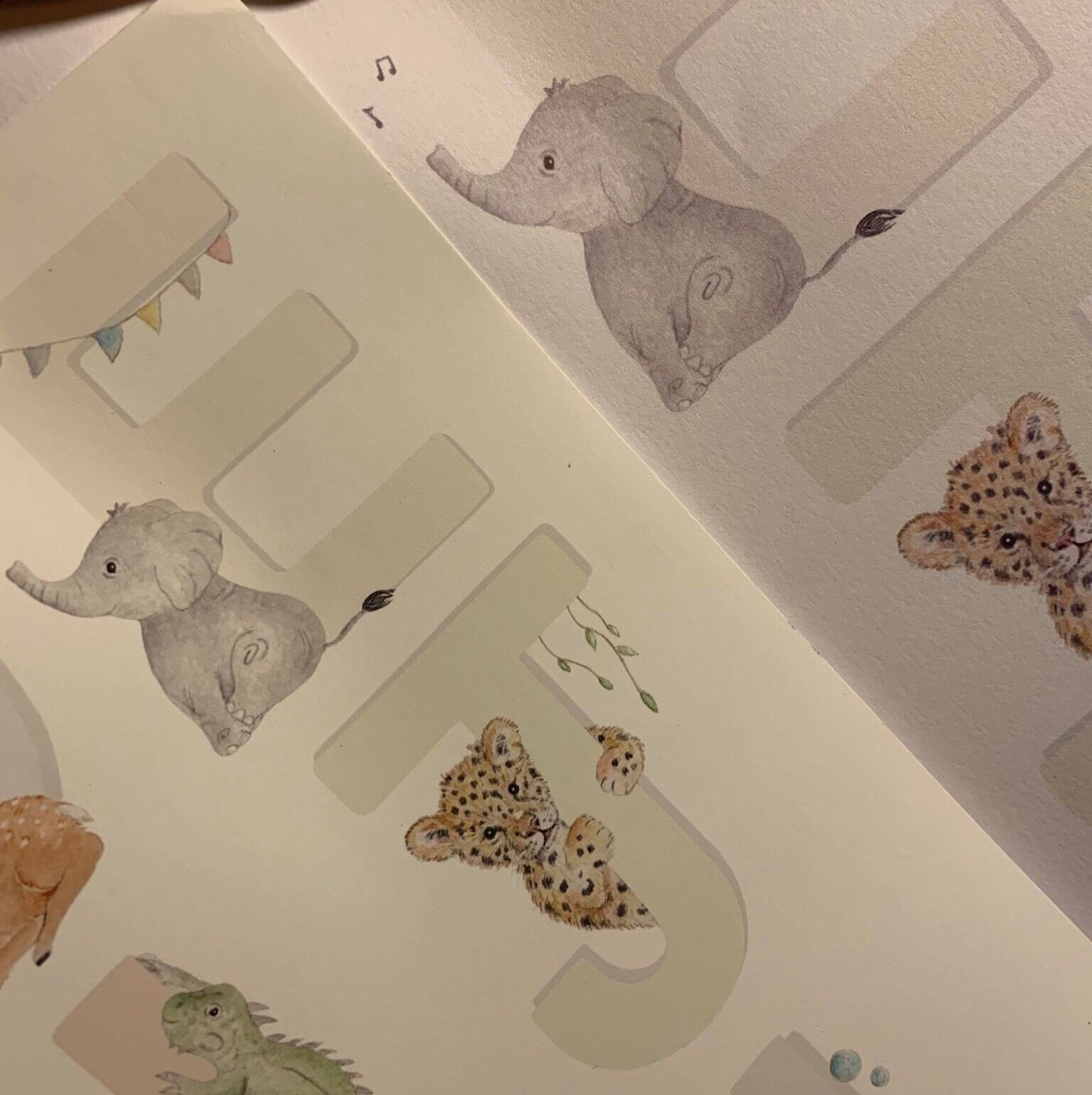Giclée Printing vs. Digital Printing
You may have seen me refer to giclee printing in either product descriptions on the website or on my social media, and like me when I first started, are probably thinking what on earth is giclee printing. Well.. I shall tell you.
Once upon a time, all artwork that was hung in people’s homes consisted of original paintings, however as time went on and technology arrived, it became more accessible to have prints in homes rather than original paintings that would often cost you an arm and a leg.
So what is digital printing?
Digital printing can be achieved mostly anywhere and the majority of home printers will be this way as they are more affordable. Digital printing technology excels at producing on demand and short print runs quickly and cost-effectively. Digital printing uses 4 dye-based inks.
What is giclee printing?
Giclee (pronounced ‘Gee-Clay’) comes from the French term meaning ‘to spray or to squirt’ which is how the ink is put onto the paper and where it differs to digital printing methods. It is now considered the best way to replicate original paintings and has become the leading name in fine art reproduction. The pigment based inks ‘squirt’ microscopic dots onto a high quality art paper or canvas. The archival paper and canvas have a membrane coating which allows the pigment ink to lie on the substrate.
Pigment inks vs dye-based inks:
The colours in dye-based ink (digital) are dissolved in water.
The colours in pigment-based (giclee) are suspended in water.
A comparison:
So without getting too technical, it all comes down to the longevity of the artwork.
Giclee is a type of printing that produces a high quality print, replicating every detail, brush stroke and colour of the original. This is something you tend to lose in a typical digital print. This is achieved using a high number of pigment inks (compared to dye-based inks that are used for digital printing). Digital prints use a smaller number of inks compared to giclee prints, meaning colours are reproduced with less precision to the originals. Giclee on the other hand, as a result of using a higher number of inks, colour matching is more accurate.
Another benefit of giclee printing is that they are printed on top-quality, acid-free, archival grade papers, increasing durability and improved appearance. With a digital print, the colours and paper will tend to fade overtime.
Don’t get me wrong, digital printing is still great and definitely does it’s job, just depends on your purpose. For me, it was important to be able to offer prints you can’t just shoot out of your standard at home or high street printer, as I wanted the original watercolour paintings to be replicated in the best way possible. I speak a lot about creating items that are to be ‘treasured’, so it only felt right to reflect that in the print quality too. I spent a long time looking for the right supplier and I can tell you that through a vigorous process of sampling, nothing has come close to the detail that giclee printing achieves.
You can see two of my samples here so please ignore the marks, but I’m sure you can see for yourself which is which.
Giclee on the left and digital on the right. The image is so much more crisp on the left, whereas the image on the right is more ‘dull’.
To confirm, all of the fine art prints listed in the educational section are created using this type of printing. So when I say they’re designed to last, I really do mean it :)
Lex xx

